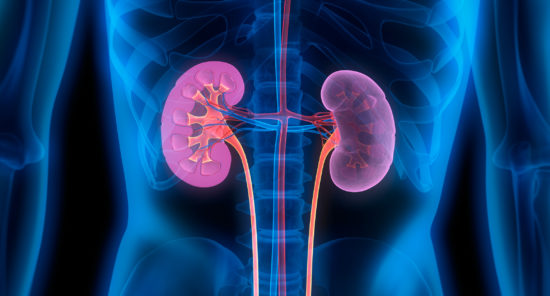Risk of blood clots or thrombosis during intravenous (IV) chemotherapy is significantly increased when the catheter used occupies more than 45% of the vein, according to a new study.
“Catheters are commonly used to infuse medications or liquid nutrition, but they come with risks, particularly if the catheter is too big for the vein. Previous research has shown they can impede blood flow by up to 80%,” said study lead Rebecca Sharp, PhD, of the University of South Australia, via press release.
Chemotherapy and Risk of Blood Clots
For this study, which was published on BMJ Open, Dr. Sharp and colleagues evaluated the relationship between catheter to vein ratio (CVR) and risk of symptomatic thrombosis in patients with and without cancer.
“Many clinicians use a CVR of less than 33%, where the catheter occupies only one third of the vein. Others adhere to a 45% limit. However, there is a lack of evidence showing which CVRs are safe for individual patients. Some clinicians don’t measure veins at all,” said Dr. Sharp.
The researchers retrospectively reviewed 2,438 cases of peripherally inserted central catheter (PICC) use from four hospitals in Australia and New Zealand. The primary outcome was symptomatic thrombus of the limb with PICC insertion.
In total, there were 39 cases of thrombosis (1.6%; 95% confidence interval [CI], 1.14-2.19). Due to the retrospective nature of the study, investigators were unable to perform receiver operator characteristic analysis to determine the optimal CVR overall or by diagnosis. However, the researchers also assessed the association between thrombosis risk and CVR cut-offs that are commonly used in practice.
Catheter to Vein Ratio Cutoffs
A 45% CVR cutoff (≤45% versus ≥46%) was found to be predictive of thrombosis. Patients with a ≥46% CVR had more than double the risk of thrombosis compared to patients with a ≤45% CVR (relative risk, 2.30; 95% CI 1.202–4.383; P = 0.01). In a subgroup analysis of only patients with cancer, the relative risk of thrombosis was 2.10 (95% CI 1.055–4.177; P = 0.035). A 33% CVR cutoff was not associated with a significant risk in thrombosis in the overall group or in patients with cancer specifically. Neither CVR cutoff was associated with a significant increase in risk of thrombosis for patients with infection or non-malignant conditions.
The authors concluded, “This study indicates that the CVR should not exceed 45% for those with a cancer diagnosis. While the optimal CVR for those with infection and other non-malignant conditions is inconclusive, the low thrombosis rate found in the present study supports the use of minimum vein size strategy for all individuals requiring a PICC.”
Dr. Sharp said “We have identified how to reduce some of these risks, by recommending specific limits on catheter-to-vein ratios for individual patients. These results will help nurses and doctors to provide safe care and reduce harm for people with cancer.”
Friday’s #FOAMva HT @reb_sharp et al. Catheter to vein ratio and risk of peripherally inserted central catheter (PICC)-associated thrombosis according to diagnostic group: a retrospective cohort study @BMJ_Open https://t.co/VHWJ3CEriH
— Pete Carr (@pcarriv) July 9, 2021
Large catheters, small veins, increase #bloodclot risk for #cancer patients @BMJ_Open https://t.co/oRMyV9q22F
— Medical Xpress (@medical_xpress) August 4, 2021
Credit: Original article published here.










